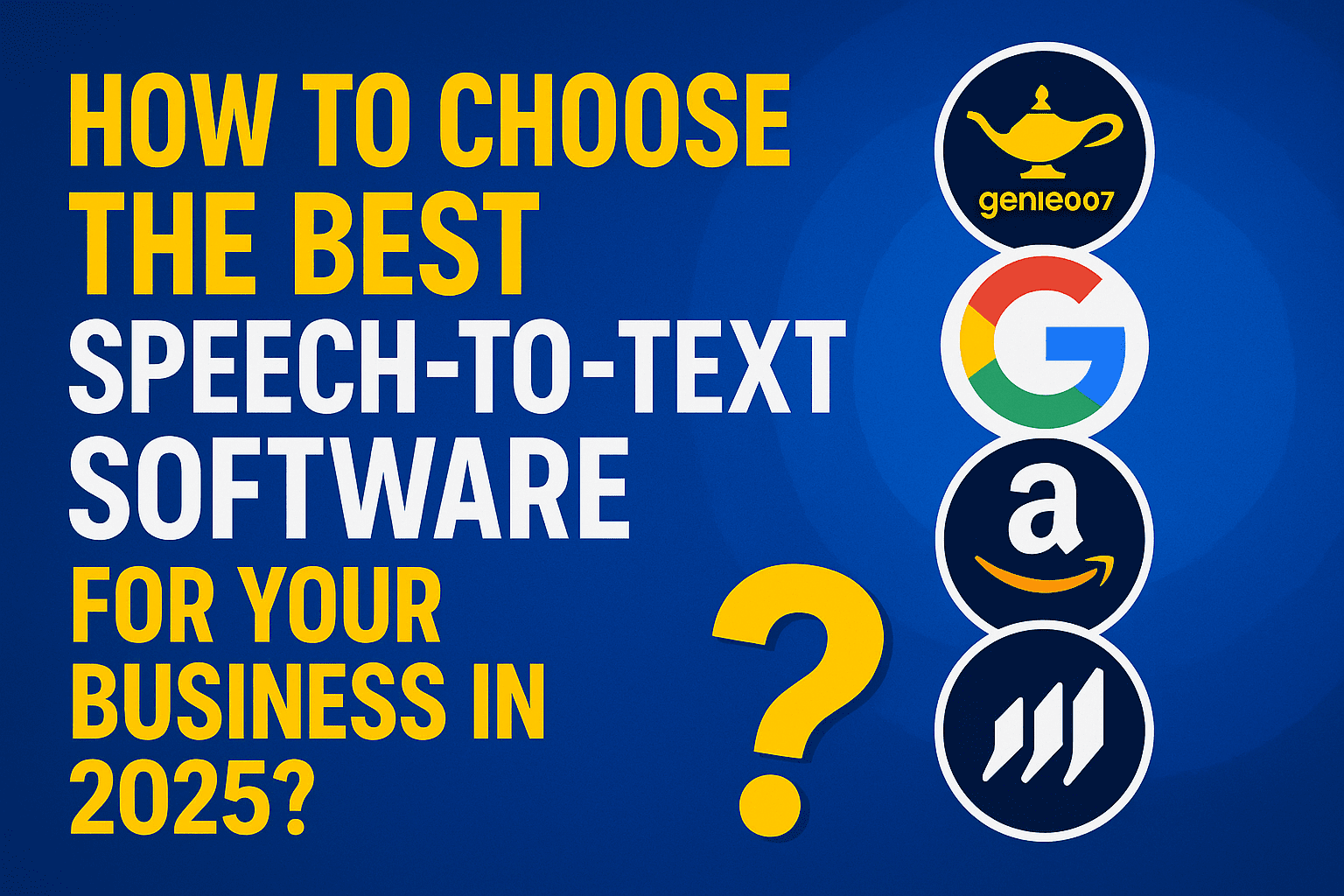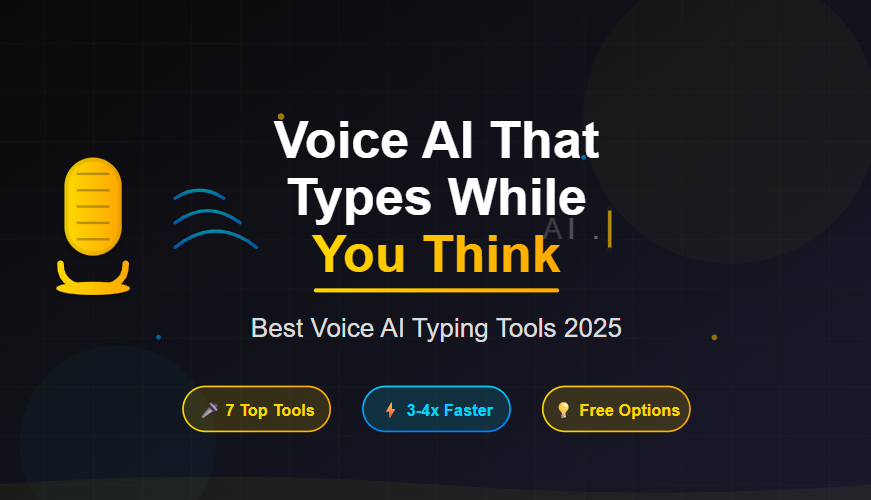Best Voice In Alternative for Professionals is transforming how modern teams communicate, collaborate, and create content. As voice technology continues to evolve, professionals across industries are seeking powerful alternatives to traditional dictation tools that offer enhanced accuracy, seamless integration, and advanced features designed specifically for business needs.
Whether you’re a legal professional drafting documents, a healthcare provider managing patient notes, a content creator producing articles, or a business executive handling emails and reports, finding the right voice input solution can dramatically improve your productivity and workflow efficiency.
Why Professionals Need the Best Voice In Alternative
Traditional voice input tools often fall short when it comes to professional requirements. The best Voice In alternative for professionals should offer:
Superior Accuracy and Context Understanding: Professional work demands precision. The ideal voice alternative uses advanced AI and machine learning to understand industry-specific terminology, context, and nuances in speech patterns.
Multi-Platform Compatibility: Modern professionals work across devices and platforms. A robust voice solution should work seamlessly on desktop computers, mobile devices, and web browsers without compromising functionality.
Custom Command Support: Efficiency matters in professional settings. The ability to create custom voice commands for frequently used phrases, formatting instructions, and workflow automation can save hours each week.
Privacy and Security: Professional documents often contain sensitive information. Enterprise-grade security, data encryption, and privacy protections are non-negotiable features for business users.
Top Use Cases for Voice Alternatives in Professional Settings
Professionals across various industries are leveraging advanced voice technology to streamline their workflows:
Legal Documentation: Attorneys and paralegals use voice alternatives to draft legal briefs, contracts, and correspondence with remarkable speed while maintaining accuracy in legal terminology.
Medical Transcription: Healthcare providers document patient encounters, create medical reports, and update electronic health records using voice commands, allowing them to focus more on patient care.
Content Creation: Writers, journalists, and marketers produce articles, blog posts, and marketing copy through voice input, often achieving higher word counts with less physical strain.
Business Communications: Executives and managers compose emails, create presentations, and generate reports using voice technology, maximizing their productivity throughout the workday.
Meeting Documentation: Teams use voice alternatives to capture meeting notes, action items, and decisions in real-time, ensuring nothing important is missed.
Key Benefits of Advanced Voice Alternatives
Implementing a professional-grade voice solution delivers tangible benefits:
Increased Productivity: Studies show professionals can speak up to 3-4 times faster than they type, translating to significant time savings on documentation and communication tasks.
Reduced Physical Strain: Voice input minimizes repetitive strain injuries associated with keyboard use, promoting better ergonomics and long-term health.
Enhanced Accessibility: Voice technology makes professional tools more accessible to individuals with disabilities or mobility challenges, promoting inclusive workplaces.
Improved Focus: By eliminating the cognitive overhead of typing, professionals can maintain better focus on content quality and strategic thinking.
Flexibility and Mobility: Voice alternatives enable professionals to work effectively while mobile, during commutes, or in various work environments.
Comparing Voice-First Solutions: What Sets the Best Apart?
To truly understand what makes a voice solution an alternative for professionals, it’s helpful to see how advanced tools stack up against traditional options.
| Feature | Traditional Dictation Tools | Generic AI Chatbots (e.g., ChatGPT) | Advanced Voice-to-Response AI (e.g., Genie007) |
| Primary Function | Voice to Text (Transcription) | Text Input to Text Output | Voice Input to AI-Generated Text Response |
| Workflow Efficiency | Dictate, then Copy/Paste & Edit | Type/Dictate, Copy, Paste, Switch Tabs | Speak Idea, Instant Response in Place (No Copy/Paste) |
| Platform Compatibility | Often Limited (Specific Apps/OS) | Requires Manual Input on its Platform | Works Everywhere (Browser/App Text Fields) |
| Contextual Understanding | Basic (Speech Recognition) | Relies on Manual Input Context | Reads Screen Context for Relevant Responses |
| Speed & Integration | Good for Dictation, Slow for Full Tasks | Fast Generation, Slow for Workflow | Real-Time Speech-to-Response, Seamless Integration |
| Typing Elimination | Partial (Still Needs Manual Input/Editing) | Requires Typing to Initiate AI | Near-Total (Speak Ideas, AI Write) |
Essential Features to Look For
When evaluating voice alternatives for professional use, prioritize these capabilities:
- Real-time transcription with minimal latency
- Support for multiple languages and accents
- Punctuation and formatting voice commands
- Integration with popular productivity applications
- Offline functionality for secure environments
- Custom vocabulary for industry-specific terms
- Cloud synchronization across devices
- Collaborative features for team environments

Getting Started with Professional Voice Technology
Transitioning to a voice-first workflow with the Best Voice In Alternative for Professionals requires some adjustment, but the investment pays dividends. When choosing the Best Voice In Alternative for Professionals, start by using voice input for routine tasks like email responses and meeting notes. Gradually expand to more complex documents as you become comfortable with commands and features.
To maximize your SEO performance and learn more optimization strategies, check out this comprehensive guide on how to score 100/100 in SEO tests.
For more information about innovative productivity solutions and how Genie007 can transform your workflow, visit our detailed guide on what is Genie007.
The future of professional productivity lies in leveraging advanced voice technology that understands your needs, adapts to your workflow, and empowers you to work smarter, not harder. As voice recognition continues to improve, early adopters of the best Voice In alternative for professionals will gain a competitive advantage in their respective fields.
FAQs
What is the primary advantage of a voice-to-response AI over traditional dictation?
Traditional dictation primarily converts speech to text, requiring further manual effort to craft responses or content. A voice-to-response AI, like Genie007, understands your spoken idea and instantly generates a complete, context-aware written output (e.g., an email draft, a social media post) directly where you need it, skipping the copy-paste step.
Can these voice alternatives handle industry-specific jargon accurately?
Yes, the best voice-in alternatives for professionals leverage advanced AI and machine learning to offer superior accuracy, including the ability to understand and correctly transcribe industry-specific terminology in fields like legal, medical, and technical documentation. Custom vocabulary features further enhance this precision.
How does multi-platform compatibility enhance professional productivity?
Multi-platform compatibility means the voice solution works seamlessly across all your devices and web browsers, integrating directly into any text field. This eliminates the need to switch applications or copy-paste, allowing professionals to maintain their workflow without interruption, whether drafting an email, updating a CRM, or posting on social media.
Are voice-first tools secure enough for sensitive professional information?
Absolutely. For professional use, enterprise-grade security, robust data encryption, and strict privacy protections are non-negotiable features. Leading voice-in alternatives prioritize these aspects to ensure that sensitive documents and communications remain confidential and secure.
How quickly can a professional adapt to a voice-first workflow?
Transitioning to a voice-first workflow requires some initial adjustment. However, by starting with routine tasks like email responses and gradually expanding to more complex documents, professionals can quickly become comfortable and efficient, often realizing significant productivity gains within a short period.







